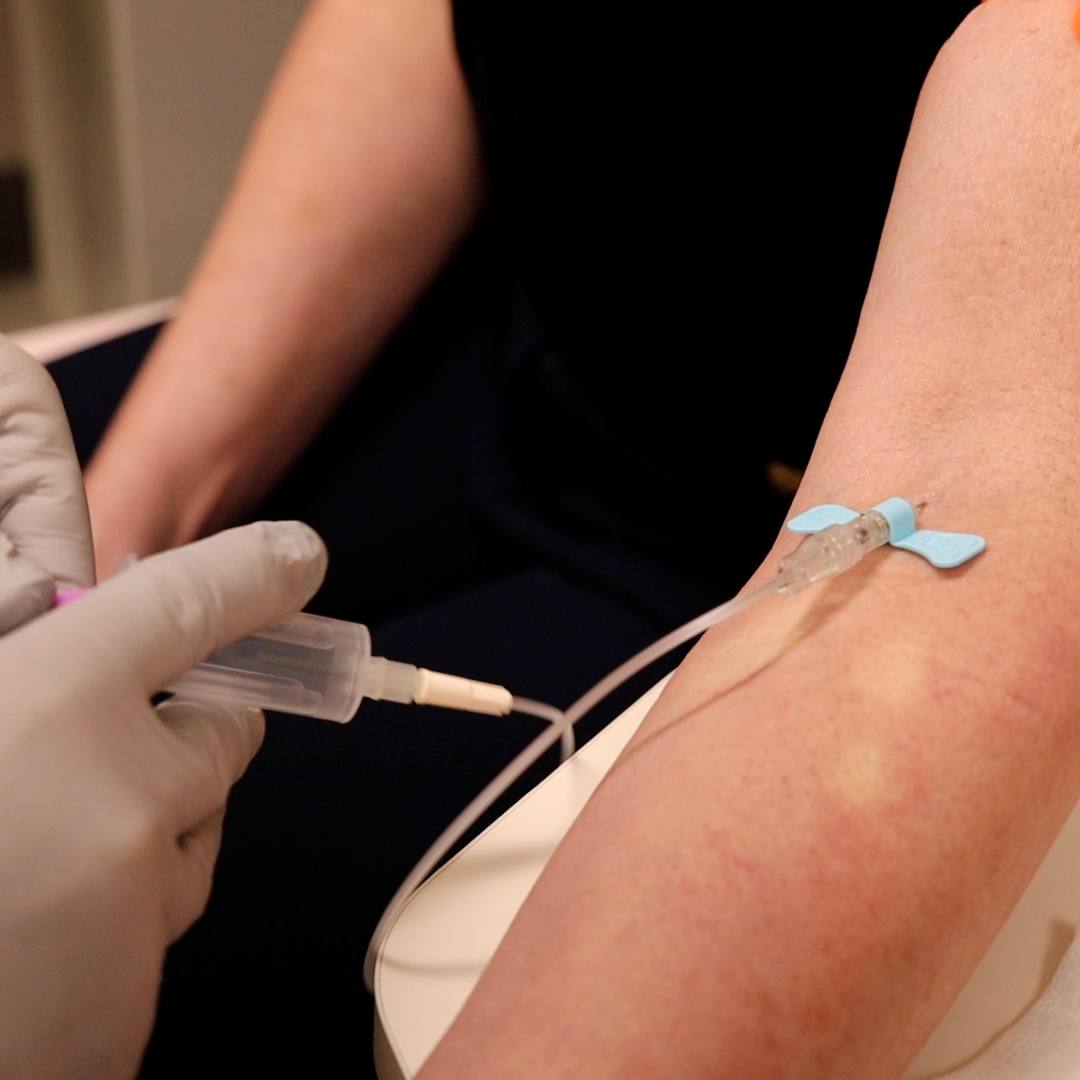-
Featured News
Mayo Clinic Minute: How to avoid ticks
Whether you’re camping, hiking or just playing near woods, the Centers for Disease Control and Prevention says tick bites should be top of mind.
Ticks live in moist and humid environments, particularly wooded and grassy areas — some of the same places where you may be enjoying summer. A tick bite can result in mild symptoms that are treatable at home to severe infections requiring hospitalization.
Journalists: Broadcast-quality video pkg (0:58) is in the downloads at the end of the post. Please courtesy: "Mayo Clinic News Network." Read the script.
While you're enjoying a hike, ticks are looking for a ride.
"They get themselves in a position, and they will climb up the nearest object," says Dr. Bobbi Pritt, a Mayo Clinic parasitic diseases expert.
It’s called questing.
"It sticks out its legs, and that allows the tick to grab on to hosts as they walk by," Dr. Pritt adds.
You can lessen the chances you’ll become a host.
"Using insect repellents is a good idea," Dr. Pritt explains, suggesting permethrin for your clothing and gear. "You can really saturate your gear. Leave it out to dry. And, then, the next day, wear them."
Use permethrin on materials and DEET on skin.
"Spray the DEET repellent on exposed skin, including your legs and hands," Dr. Pritt says. "Avoid your face, but be sure to protect your neck."
Then, tuck your pants into your socks. And, on your hike, remember to avoid areas where those questing ticks may be perched.
"That's why you want to stay away from the tall grasses," Dr. Pritt adds. "Stay in the middle."
A tick bite can result in mild symptoms that are treatable at home to severe infections requiring hospitalization.
For the safety of its patients, staff and visitors, Mayo Clinic has strict masking policies in place. Anyone shown without a mask was either recorded prior to COVID-19 or recorded in a nonpatient care area where social distancing and other safety protocols were followed.
Related Articles







